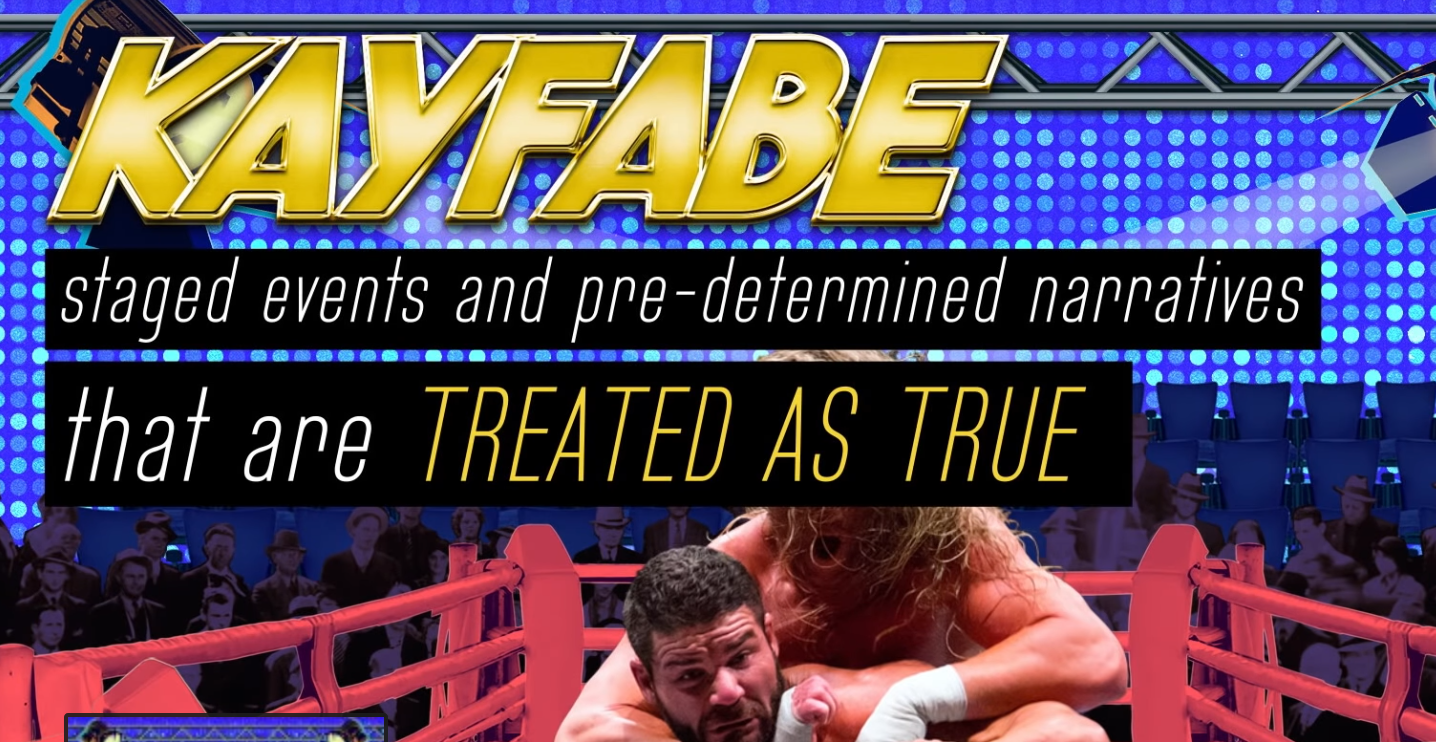
Copywriter vs. Grammarian
There is grammatically perfect English. And there is good advertising copy. And there is good UX copy.
One of these three things is not like the others.
Spoiler alert: it’s grammatically perfect English.
In both ad copy and UX copy, grammar rules are broken all the time in the name of increasing the speed in which users are able to absorb an idea. It’s also done to produce voice and tone to match current conversational or cultural norms.
Shouldn’t grammatically perfect English create better messages?
Besides avoiding angry emails from grammarians, not really.
Most of the time, a more curt version of the language is important to the world of commerce in terms of creating communications that engage users and customers. After all, would Nike’s “Just do it” feel as impactful as, “You should simply do it.”
While a grammarian might feel the urge to say, “You should simply do it, ”the copywriter, like packing a snowball into a harder, icier projectile, feels the urge to compress the phrase and make it more impactful. As the saying goes, “brevity is the soul of wit.” That tighter, punchier copy also gives the idea it conveys a more motivating and inspiring tone.
People who can write amazing prose can be horrible at this commercialized and curt form of communication. Remember, Ernest Hemingway was a failed copywriter.
Ad copy, especially consumer, is usually conversational.
It helps create a tone and style of engagement as if to say, “I’m talking like you talk, so I’m more like you. And because I’m more like you, can trust my message.” This opposed to formal language structure that, inadvertently, feels stiff and, to many, foreign.
The bigger rift between formal English and commercially structured content is due to changing content consumption habits.
Let’s put it this way. Think of words a fruit.
Users just want the meaning inside them (the juice). They think to themselves, “Give me just what I need to be satisfied.”
They want the juice and grammatically correct and formal English keeps giving them the whole fruit (rind and all), not just the juice. With that mindset, everything else about the fruit is a hassle because it’s not the juice. You have to work around the stem, the peel, the skin and remove any seeds.
More words, especially if they seem extraneous, come off as annoying and time wasting. That’s what a complete proper sentence feels like in the world of ad copy and UX copy.
This is especially true in the yeah-yeah-yeah generation. To this generation, good grammar feels like oversharing. Especially for those content consumers with increasingly short attention spans.
As digital content tends to force users to scan and skim information. Content, that doesn’t quickly communicate meaning, can get passed over. Content needs quick hooks and idea structure that is skimmable.
So, sorry grammarians. Or to coin a phrase, “pardon my English.”
However, even though ad copywriter and UX writers might not write perfect sentences, like the grammarian, you do need to be vigilant about spelling. There’s a difference between breaking the rules and proving that you don’t know them.































